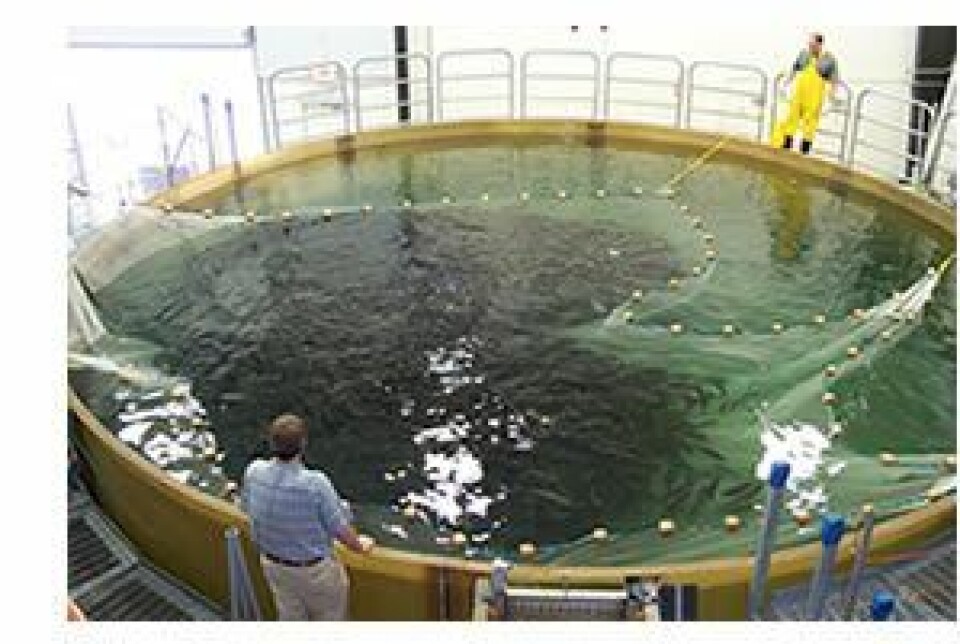
US Officials aim to boost aquaculture
As Laine Welch of the Anchorage Daily News reported earlier this week, Americans have a chance to help shape the way in which aquaculture projects occur in their regions as federal agencies move toward growing the industry across the nation. Time will tell if this will lead to a wholesale expansion of the Alaska salmon ranching industry into fish farming as practiced in the States of Washington and Maine- not to mention British Columbia. Ms. Welch’s article continues;
Last week the U.S. Department of Commerce and the National Oceanic and Atmospheric Administration (NOAA) released draft national aquaculture policies that aim to "increase the U.S. supply of healthy seafood, create jobs in coastal and other communities, spur innovation in technology, and help restore depleted species and marine habitats." The policies are based in part on input from listening sessions held across the United States last year, including Alaska. “Let's put aquaculture in context”, advised Larry Robinson, NOAA assistant secretary of commerce, at a media teleconference from Washington, D.C.
Aquaculture has overtaken wild fisheries as the main source of seafood -- 84 percent of the seafood Americans eat is imported, and about half of that is farmed, he said. "Domestic aquaculture produces just 5 percent of the seafood we consume, and we need to do better," Robinson said. "A robust U.S. aquaculture industry based on sustainable practices would significantly increase America's food security." "After crude oil and natural gas, fish and shellfish are the greatest natural resource contributors to the national trade deficit," Robinson pointed out, calling that "an amazing fact."
"A more robust industry would allow us to reduce our trade deficit of about $9 billion annually," he added. "NOAA is working hard to rebuild depressed fish stocks, but that will not close the trade gap," echoed Eric Schwaab, assistant administrator in charge of NOAA's Fisheries Service. "In addition to increased production of wild stocks, NOAA's vision is to develop robust aquaculture endeavours that complement wild caught fisheries." "It's less apparent in Alaska than other places, but in a number of our coastal areas it is getting crowded out there," he said. "Rather than simply allow uses to unfold unilaterally with no consideration to their relationship to each other, we feel that it is incumbent upon coastal management authorities, governors, tribes and federal agencies to think about how these uses might interact spatially. Then we can ensure we are doing a good job at not only creating new opportunities, like aquaculture, but protecting long-standing traditional uses like commercial and recreational fishing."
The agencies aim to have final aquaculture policies completed this year. Once in place, they will outline how NOAA plans to fund research, work with partners to create job initiatives that foster the industry and grant access to favourable sites for aquaculture facilities.






















































